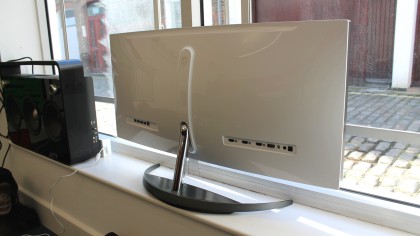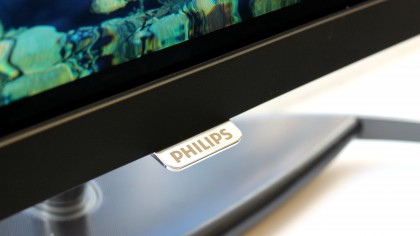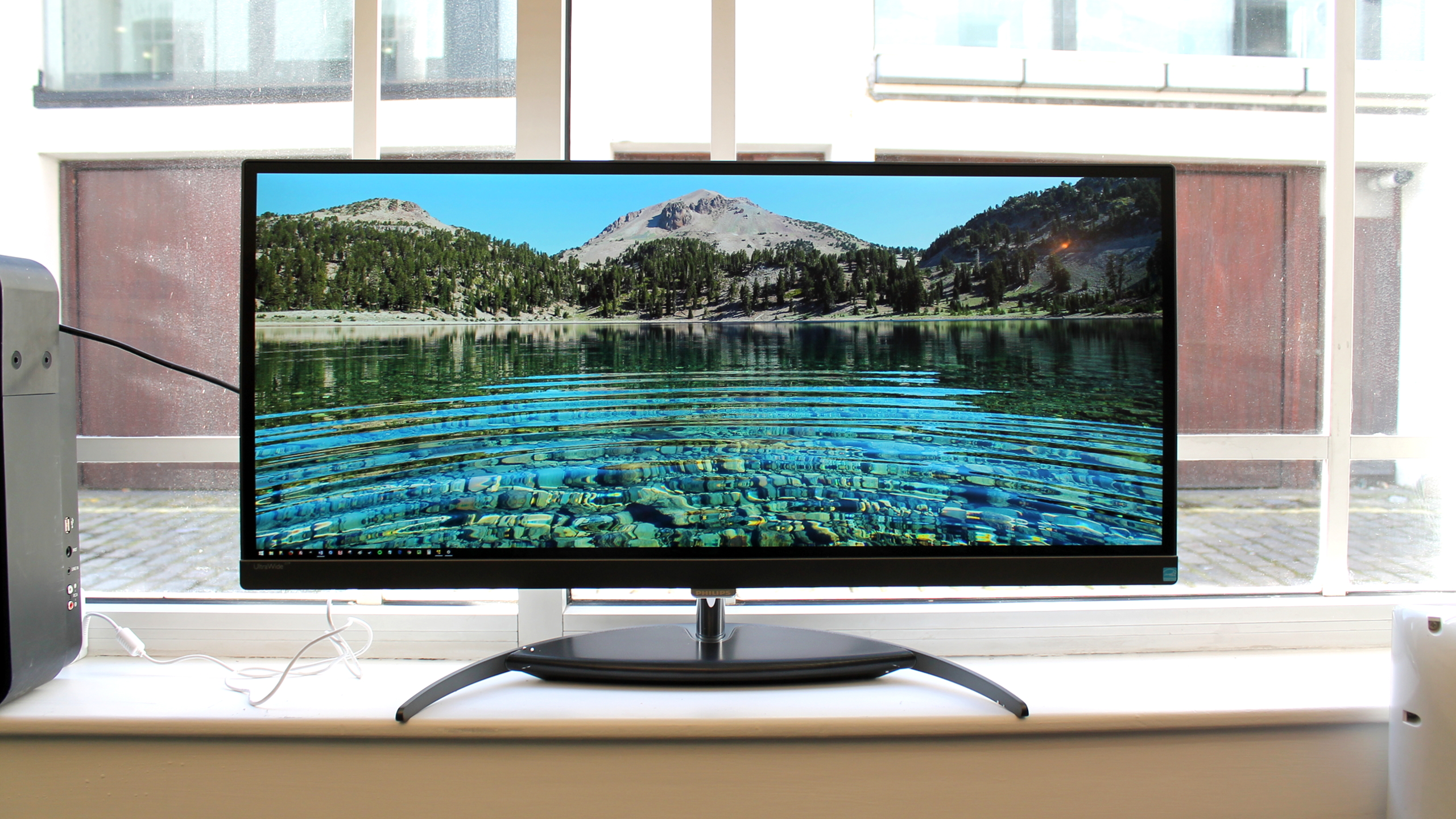Why you can trust TechRadar
Picture quality is quite obviously the main test for any computer screen, and in this area, the Philips Brilliance BDM3490UC absolutely excels. We mentioned it has an IPS panel – this is opposed to TN (twisted nematic) or less commonly, VA (vertical alignment) technology.
You're bound to run into these terms when shopping for any display, and while the technical differences between them are dull, the practical differences are important.

They differ mostly in the areas of brightness and viewing angles, with IPS being generally far superior in these areas, while VA technology presents the best contrast and black levels. Although some IPS displays suffer from backlight bleed, it is this panel technology that usually delivers the best all-round picture quality, although that's not to say there aren't any good TN or VA panels on the market.
We tested the BDM3490UC using a DataColor Spyder 5 colorometer, a device that measures aspects of a screen such as its brightness, contrast and colour accuracy, and here the results come out very well -- at least compared with many conventional displays. Brightness of 340 cd/m2 (or candelas) is a good result that's comparable with most modern IPS screens, and the contrast level of 750:1 is considerably better than average.

When using the screen, we were also impressed by the picture quality. The Windows desktop looks great, with a bright sharp picture, and of course, plenty of space to work on. Movies look really good, especially if they're modern titles filmed in widescreen, although any 4:3 content means large vertical black bars at the sides. Without some ugly cropping, this is something you'll just have to live with.
There are plenty of settings to customise the image quality, way beyond just simple brightness controls. There are six presets such as 'office,' 'game' and 'movie' with a range of colour temperatures to choose from, alongside an sRGB mode, and a smart contrast setting.
PiP and settings
Notably, there's also a PiP (picture-in-picture) mode that lets you view a second display input in the corner. You can keep an eye on a download on a second PC while playing an Xbox One or PS4 game on the main screen, for example.

But with a 21:9 screen, we note that any 16:9 sources are stretched, and look a bit odd, but there is a setting to prevent this from happening, forcing devices such as games consoles to 16:9 mode.
Lastly, a hugely important point worth noting about the menus is the setting for the DisplayPort version. By default this is set to DisplayPort 1.1, which limits the refresh rate to 30Hz at the native 3,440 x 1,440 resolution, and for PC use, any less than 60Hz will mean very choppy mouse movement. Changing this setting to DisplayPort 1.2 should be the very first thing you do when you initially turn on the Philips Brilliance BDM3490UC.
